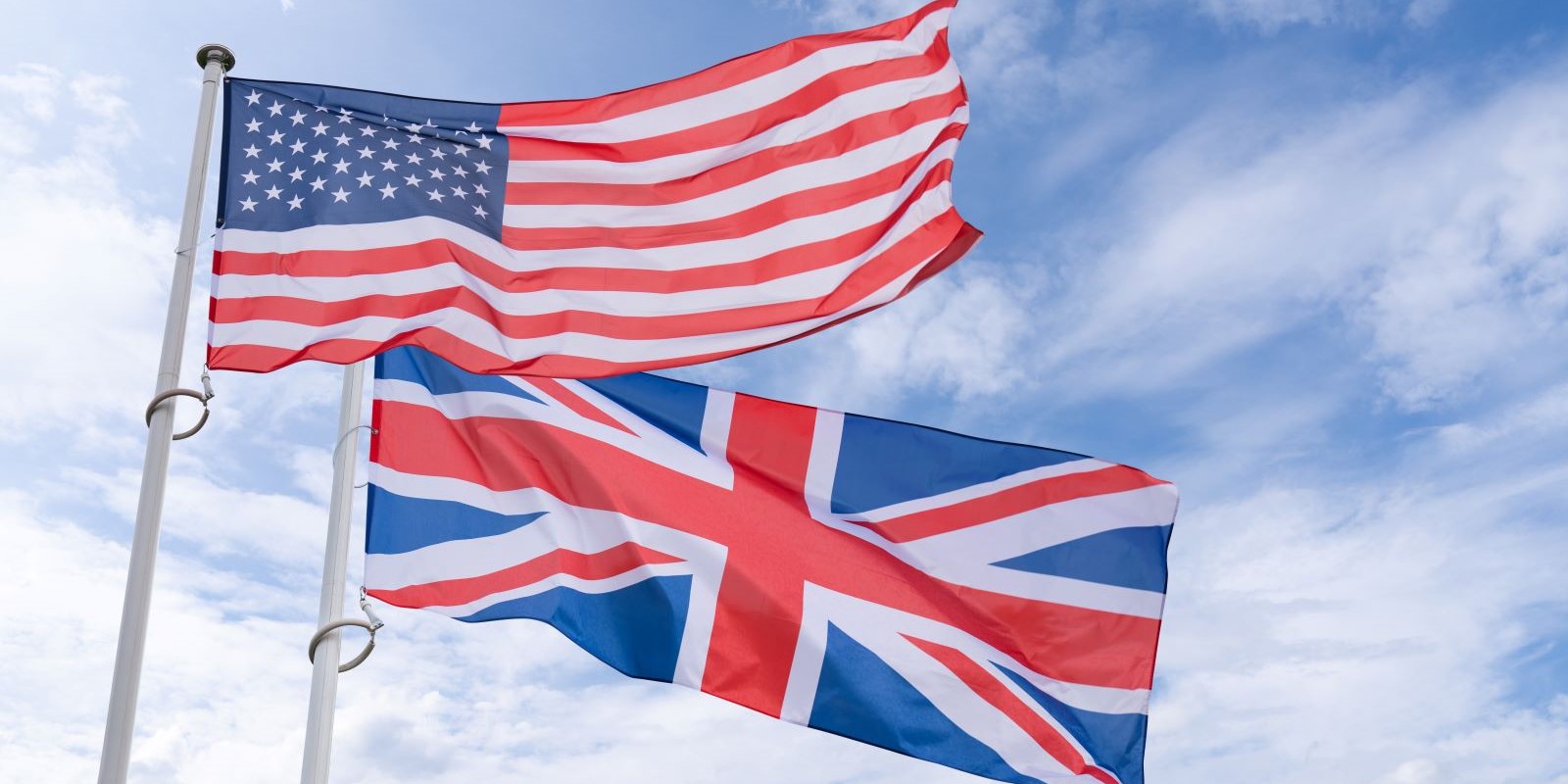Tax Implications of Brexit-related Transfers of Marketing Authorisations

On 9 April the European Medicines Agency updated their guidance on the impact of Brexit for the pharmaceuticals sector in Europe. Understandably the main concern continues to be on the continuity of supply for existing drugs, but the guidance emphasises the need for certain changes in legal ownership of marketing authorisations if Brexit is to happen. For those businesses that have previously kept marketing authorisations in UK companies there is an important question of the tax treatment of any transfer of these authorisations to other group companies in EEA countries. As the transfers will be to related parties, the UK tax laws will intervene to substitute a market value or arm’s length price for the purpose of calculating the tax implications, irrespective of the price actually paid on the transfer. The risk is that if those assets which are being transferred are very valuable then a significant UK tax liability could be triggered even though there is no external sale of the rights. This article explores the question of the valuation of the marketing authorisations and also some possible ways of mitigating the taxable gain on the transfer.
Valuation of the marketing authorisation
Most Marketing Authorisations held by UK companies are likely to be dealt with under the intangible fixed asset regime in the UK’s tax legislation. This requires market value or arm’s length price to be used in the tax calculations for any transfer of intangible fixed assets to a related party outside the UK. In simple terms, this is the price that a third party would be willing to pay for the intangible in a hypothetical sale. At one end of the spectrum, this could arguably be a very significant figure as the MA is a key requirement for selling drugs in Europe. However, a third party could not simply come along and buy the MA on its own – there are a host of other assets and activities which are required to support the value of the drug in the European market. When calculating the value of the MA we need to take account of all these other activities and assets. At the other end of the spectrum, it may then be tempting to view the MA as merely some kind of low-level administrative requirement with little inherent value, but this may also be too simplistic an approach. To achieve a more balanced analysis we need to step back from the MA and look at how the wider activities of the UK company are changing as a result of the transfer. It is almost certain that there will be other consequential changes taking place. For example, both the Qualified Person for Pharmacovigilance (QPPV) and the Qualified Person for Batch Release (QPBR) will need to be based in the EEA together with their support functions for European sales of drugs post Brexit. It is likely that a number of contracts would also need to be transferred. For all of these changes, we need to think about the value of what is moving out of the UK.
I have heard it argued that the transfer of an MA is technically a reregistration so there may not be any asset which changes ownership and therefore needs to be valued. However, there is still ample scope in the transfer pricing guidelines – particularly the chapter on business restructurings – for the tax authorities to impose a transfer pricing adjustment on the grounds that part of a business has moved out of the UK and in a third party situation some kind of compensation payment would have been due.
Availability of tax reliefs which are given by UK legislation
The UK tax legislation includes a number of statutory reliefs which could be considered. However, some of these reliefs would only be available if the transfer is structured in a particular way. For those groups that have already transferred the relevant MAs, it will be too late to benefit from some of the reliefs.
An obvious area to look at is the availability of brought forward tax losses to shelter the gain. If the gain is taxable under the intangible fixed asset regime then it will be included as part of the ordinary trading income of the business (assuming the company in question is a trading company). For groups that have carried out significant development activities in the same UK company, there could be sizeably brought forward trading losses in that company. The UK loss relief rules are complex and need to be considered in detail, but generally, they should allow you to offset the brought forward losses against the gain from the sale of the MA. That’s all well and good if you have the brought forward losses, but these losses are valuable and offsetting them against a gain on an internal transfer may not be what you had in mind for them. Also, what happens if you don’t have any brought forward trading losses?
Another possibility is to make use of a statutory relief which was introduced into the UK legislation as a result of the EC Mergers Directive. This allows you to transfer an intangible asset into another group company in the EU without triggering a gain. The transfer must be in exchange for an issue of shares or securities in the EU company and there must be a transfer of trade (not just an asset). So, for example, a UK company could transfer an MA together with the trade into an Irish group company in exchange for an issue of shares by the Irish company. The requirements for this kind of relief are detailed and require a very thorough analysis. They include a requirement that this is not part of a tax avoidance exercise. As the transfer of the MA is being forced upon businesses as a result of Brexit, I think there are good arguments that the transfer itself is not tax driven, but the structure and the documentation would need to be thought through very carefully. The good news for taxpayers who are seeking certainty is that an advance clearance procedure is available from HMRC for this kind of transaction.
A further statutory relief is available if the MA is held in a foreign branch and the branch is then incorporated. Whilst it might seem unlikely that a group would have the right fact pattern to take advantage of this branch incorporation relief, a surprising number of international groups – including pharma groups – have taken advantage of it in the past. As with the EC Mergers Directive relief outlined above, there is an advance clearance procedure available from HMRC for this relief.
Impact of BEPS and Transfer Pricing
In recent years there have been a number of fundamental reforms of the world of international taxation following the OECD’s project on Base Erosion and Profit Shifting (BEPS). One of the key areas of focus has been the use of tax havens for ownership of intellectual property. As a result of this project, the transfer pricing rules on intangibles have been rewritten so that significant income can no longer be attributed to countries that only have legal ownership of an intangible without the economic substance in that country to carry out all the tasks required for full beneficial ownership. This has been a welcome development in the way profits are allocated within a group and it may offer some hope for avoiding a significant gain on a Brexit related transfer of an MA. If the MA is transferred to a company in the group which does not have all the means of maintaining, protecting and exploiting the intangible asset then there could be good arguments that what has been transferred is more akin to the legal ownership rather than the beneficial ownership of the asset. This would then result in a much smaller amount being taxable in the UK on the transfer of the asset than if the full beneficial ownership were being transferred. It is important that the transfer pricing and other arrangements back up this analysis – in particular, the majority of the income from the intangible would need to continue being reflected in the UK company’s accounts. There can be challenges in supporting this position and new anti-avoidance rules introduced in 2018 need to be considered (these rules were introduced to counter a particularly aggressive planning scheme involving artificial step ups in value of intangible assets, but the rules were drawn widely). Notwithstanding the above considerations, this approach is something I have successfully put in place for a pharma group in the past and it is fully aligned with the latest thinking on the matching of taxable profits with economic substance.
Conclusion
What is clear is that whichever method is chosen for the transfer of the MA, the tax position needs to be considered carefully. The good news is that crystallising a large gain and a significant UK tax charge is not inevitable but the alternatives and their tax, legal and commercial implications all need to be thought through in detail. For groups that have already transferred the MAs without structuring the transfer to take advantage of one of the statutory reliefs, there is still hope as there could be significant benefits from a detailed review of the transfer pricing arrangements. I would urge groups to think carefully about the activities of the UK company before and after any transfer of an MA – how different is the business and how are the profits expected to change after the transfer? Does the transfer pricing policy still reflect the reality of how the business will be operating and does it support the arguments around the valuation of any assets or activities which have been transferred?
Contributors
Malcolm Joy, UK Office Managing Partner
Partner, Frazier & Deeter Advisory, LLC
Explore related insights
-
Does the UK Tech and Life Sciences Sector Need the US?
Read more: Does the UK Tech and Life Sciences Sector Need the US?
-
Mitigating US Tariffs Through Effective International Structuring, Supply Chain Planning and Transfer Pricing
Read more: Mitigating US Tariffs Through Effective International Structuring, Supply Chain Planning and Transfer Pricing







